Vienna: International Atomic Energy Agency, 2014. 766 p., ISBN 978-92-0-143810-2
This handbook comprehensively covers the physics of nuclear medicine. It is intended for undergraduate and postgraduate students of medical physics. It will also serve as a resource for interested readers from other disciplines, for example, clinicians, radiochemists and medical technologists who would like to familiarize themselves with the basic concepts and practice of nuclear medicine physics.
The scope of the book is intentionally broad. Physics is a vital aspect of nearly every area of nuclear medicine, including imaging instrumentation, image processing and reconstruction, data analysis, radionuclide production, radionuclide therapy, radiopharmacy, radiation protection and biology. The authors were drawn from a variety of regions and were selected because of their knowledge, teaching experience and scientific acumen.
This book was written to address an urgent need for a comprehensive, contemporary text on the physics of nuclear medicine. It complements similar texts in radiation oncology physics and diagnostic radiology physics that have been published by the IAEA.
Basic physics for nuclear medicine.
Basic definitions for atomic structure
Basic definitions for nuclear structure
Radioactivity.
Electron interactions with matter.
Photon interactions with matter.
Basic radiobiology.
Radiation effects and timescales.
Biological properties of ionizing radiation . .
Molecular effects of radiation and their modifiers.
DNA damage and repair.
Cellular effects of radiation.
Gross radiation effects on tumours and tissues/organs.
Special radiobiological considerations in targeted radionuclide therapy.
Radiation protection.
Basic principles of radiation protection
Implementation of radiation protection in a nuclear medicine facility.
Facility design.
Occupational exposure.
Public exposure.
Medical exposure.
Potential exposure.
Quality assurance.
Radionuclide production.
The origins of different nuclei.
Reactor production.
Accelerator production.
Radionuclide generators.
Radiochemistry of irradiated targets.
Statistics for radiation measurement.
Sources of error in nuclear medicine measurement.
Characterization of data.
Statistical models.
Estimation of the precision of a single measurement in sample counting and imaging.
Propagation of error.
Applications of statistical analysis.
Application of statistical analysis: detector performance.
Basic radiation detectors.
Gas filled detectors.
Semiconductor detectors.
Scintillation detectors and storage phosphors.
Electronics related to nuclear medicine imaging devices.
Primary radiation detection processes.
Imaging detectors.
Signal amplification.
Signal processing.
Other electronics required by imaging systems.
Generic performance measures.
Intrinsic and extrinsic measures.
Energy resolution.
Spatial resolution.
Temporal resolution.
Sensitivity.
Image quality.
Other performance measures.
Physics in the radiopharmacy.
The modern radionuclide calibrator.
Dose calibrator acceptance testing and quality control.
Standards applying to dose calibrators.
National activity intercomparisons.
Dispensing radiopharmaceuticals for individual patients.
Radiation safety in the radiopharmacy.
Product containment enclosures.
Shielding for radionuclides.
Designing a radiopharmacy.
Security of the radiopharmacy.
Recordkeeping.
Non-imaging detectors and counters.
Operating principles of radiation detectors .
Radiation detector performance.
Detection and counting devices.
Quality control of detection and counting devices.
Nuclear medicine imaging devices.
Gamma camera systems.
PET systems.
SPECT/CT and PET/CT systems.
Computers in nuclear medicine.
Storing images on a computer.
Image processing.
Data acquisition.
File format.
Information system.
Image reconstruction.
Analytical reconstruction.
Iterative reconstruction.
Noise estimation.
Nuclear medicine image display.
Digital image display and visual perception.
Display device hardware.
Grey scale display.
Colour display.
Image display manipulation.
Visualization of volume data.
Dual modality display.
Display monitor quality assurance.
Devices for evaluating imaging systems.
Developing a quality management system approach to instrument quality assurance
Hardware (physical) phantoms.
Computational models.
Acceptance testing.
Functional measurements in nuclear medicine.
Non-imaging measurements.
Imaging measurements.
Quantitative nuclear medicine.
Planar whole body biodistribution measurements.
Quantitation in emission tomography.
Internal dosimetry.
The medical internal radiation dose formalism.
Internal dosimetry in clinical practice.
Chapter
19. Radionuclide therapy.
Thyroid therapies.
Palliation of bone pain.
Hepatic cancer.
Neuroendocrine tumours.
Non-hodgkin?s lymphoma.
Paediatric malignancies.
Role of the physicist.
Emerging technology.
Management of therapy patients.
Occupational exposure.
Release of the patient.
Public exposure.
Radionuclide therapy treatment rooms and wards.
Operating procedures.
Changes in medical status.
Death of the patient.
Artefacts and troubleshooting.
Radionuclides of interest in diagnostic and therapeutic nuclear medicine.
Medicine
[PDF] Nuclear medicine physics: A handbook for students and teachers Bailey D.L., Humm J.L., Todd-Pokropek A., van Aswegen A. (Technical Editors)
$9.99

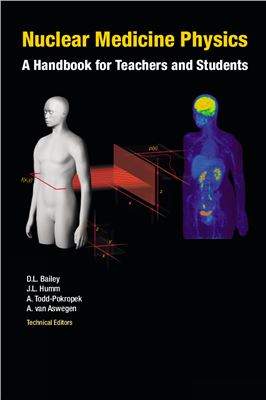
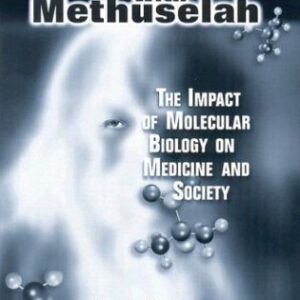
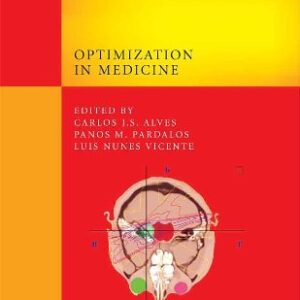
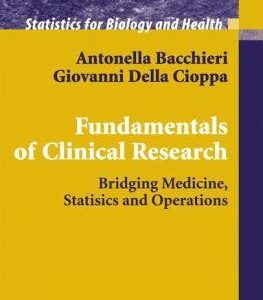
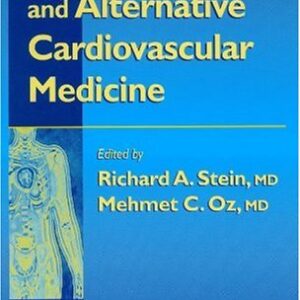
Reviews
There are no reviews yet.